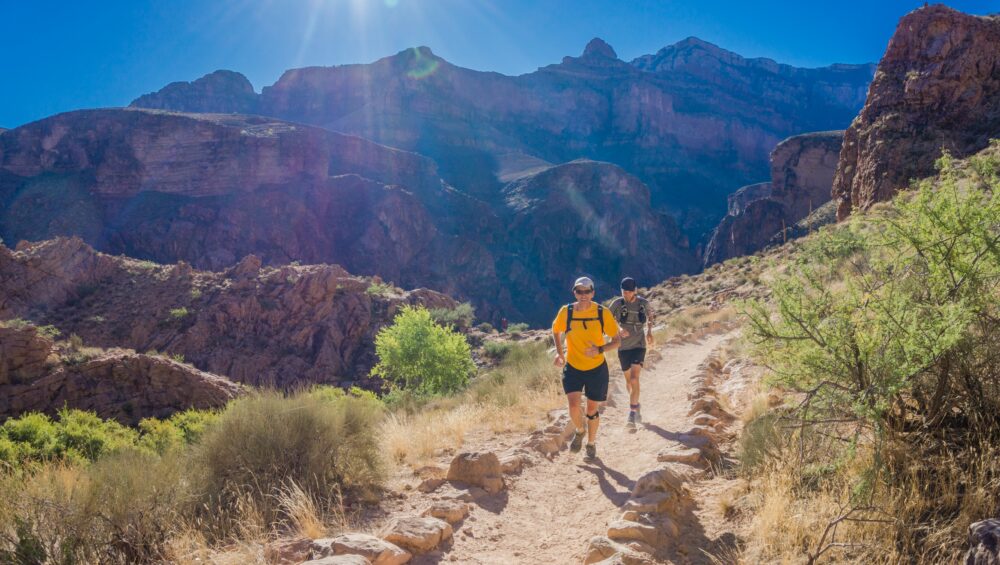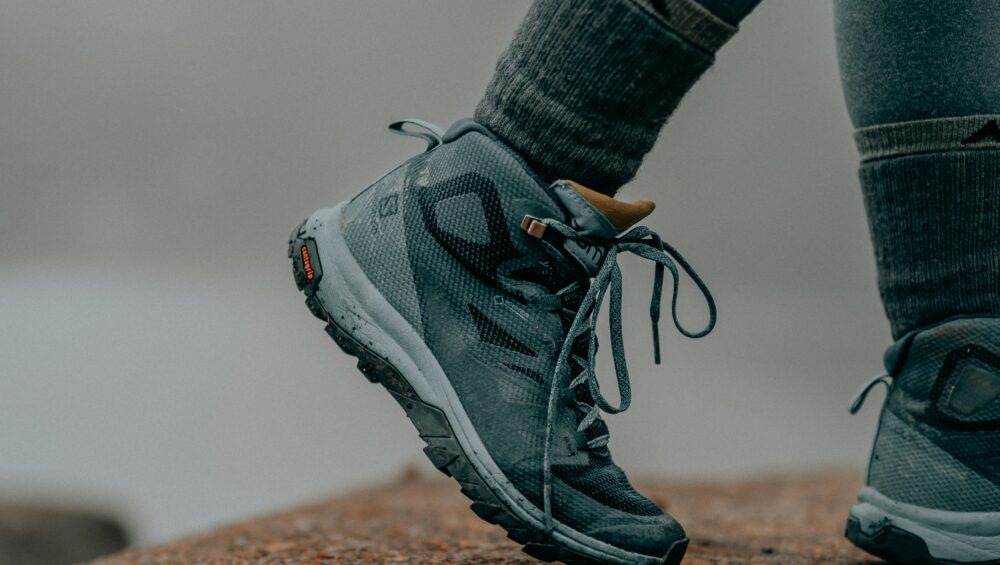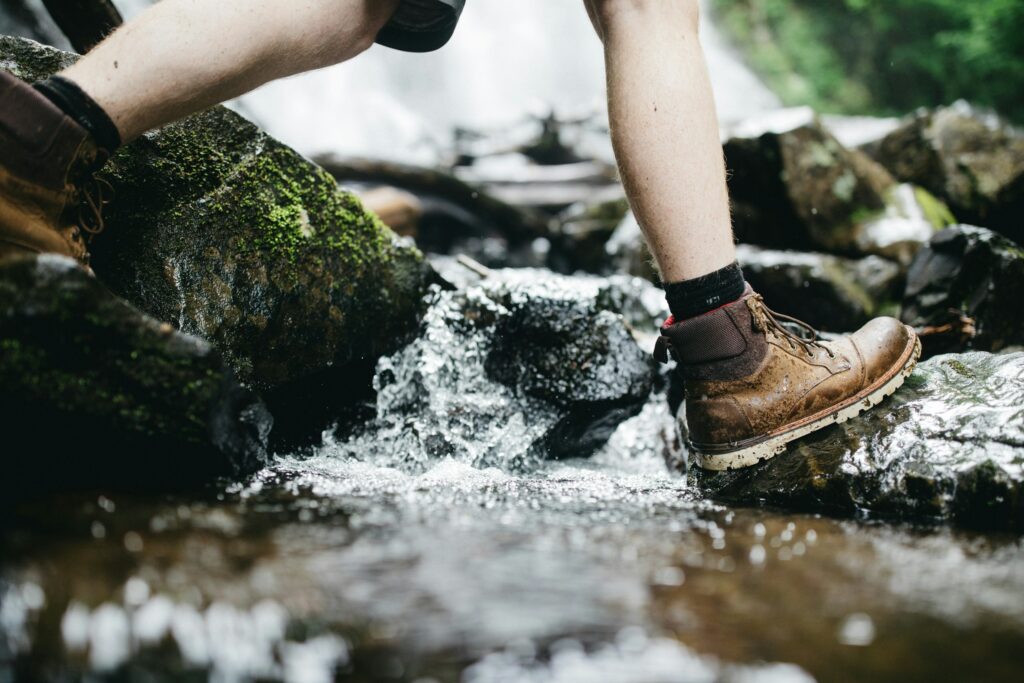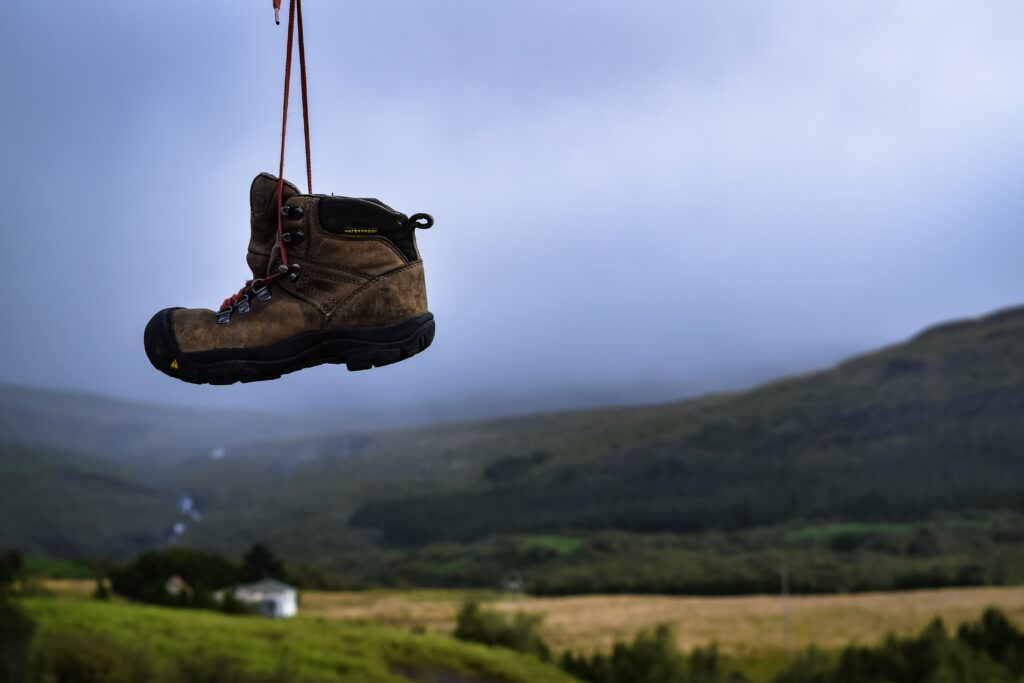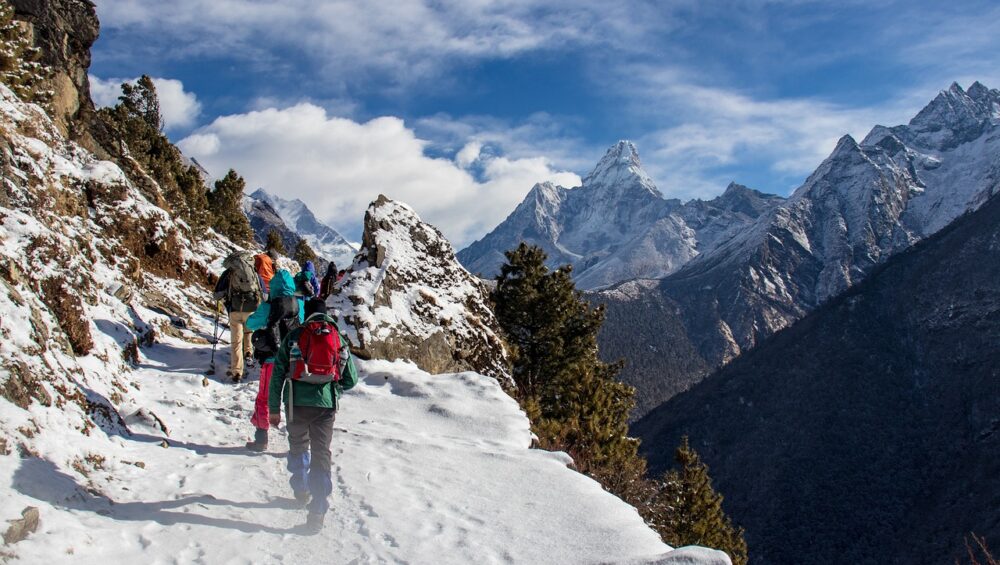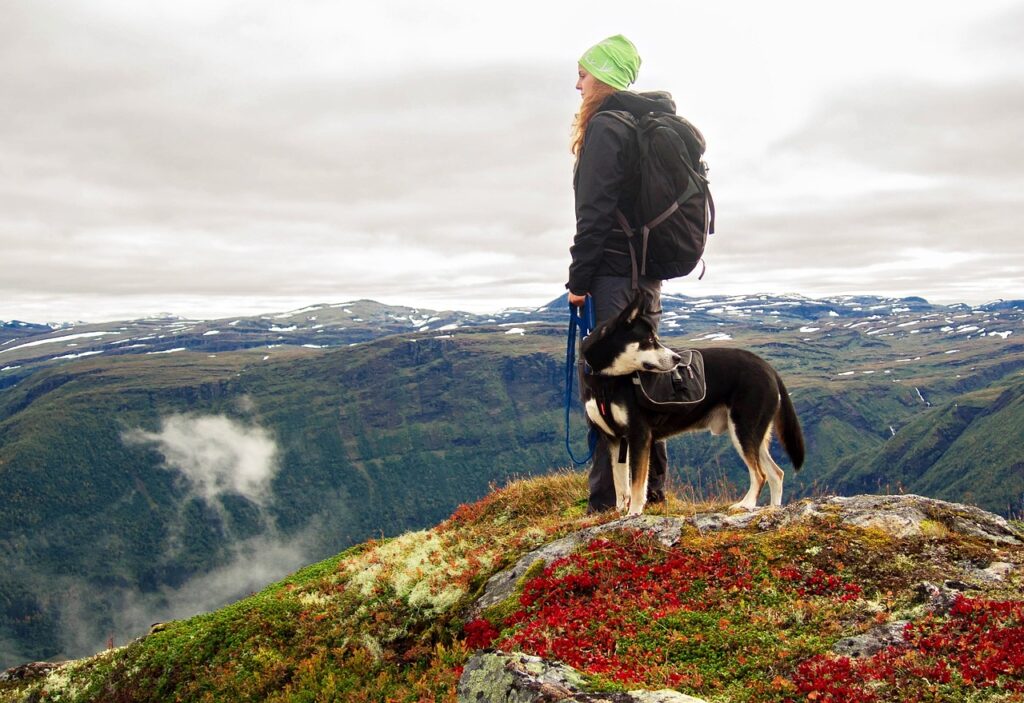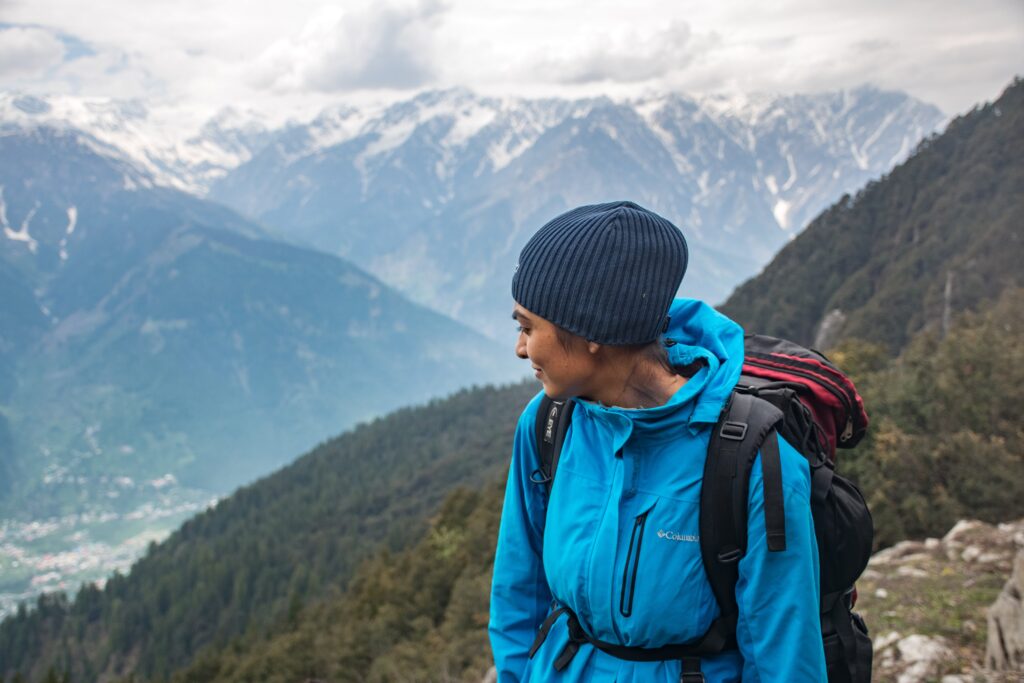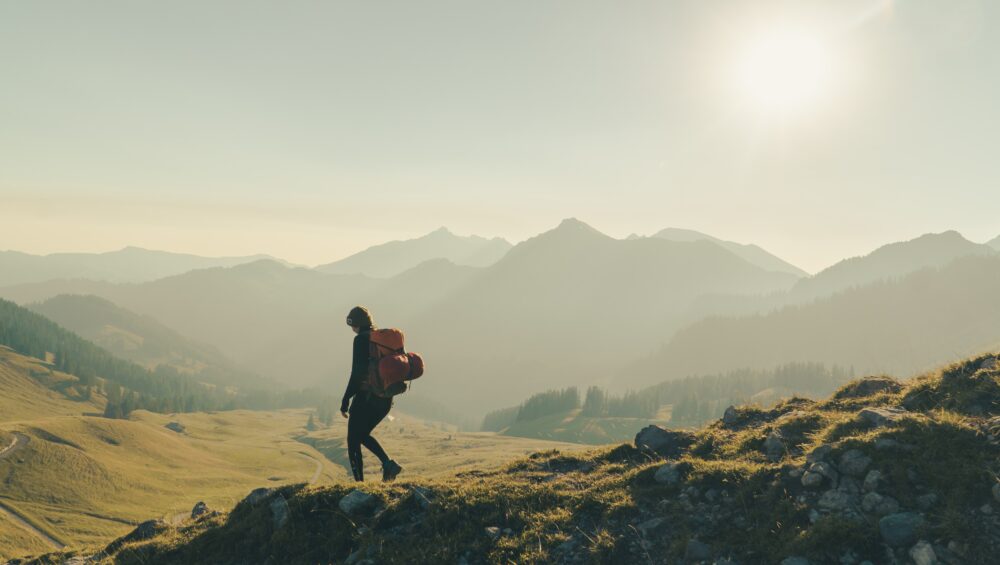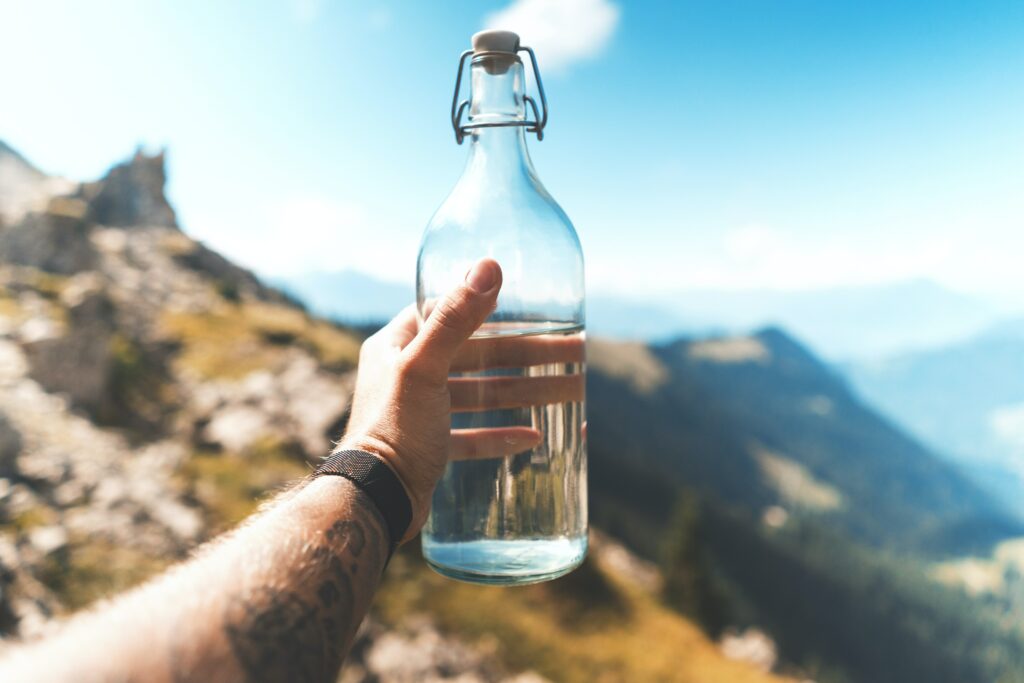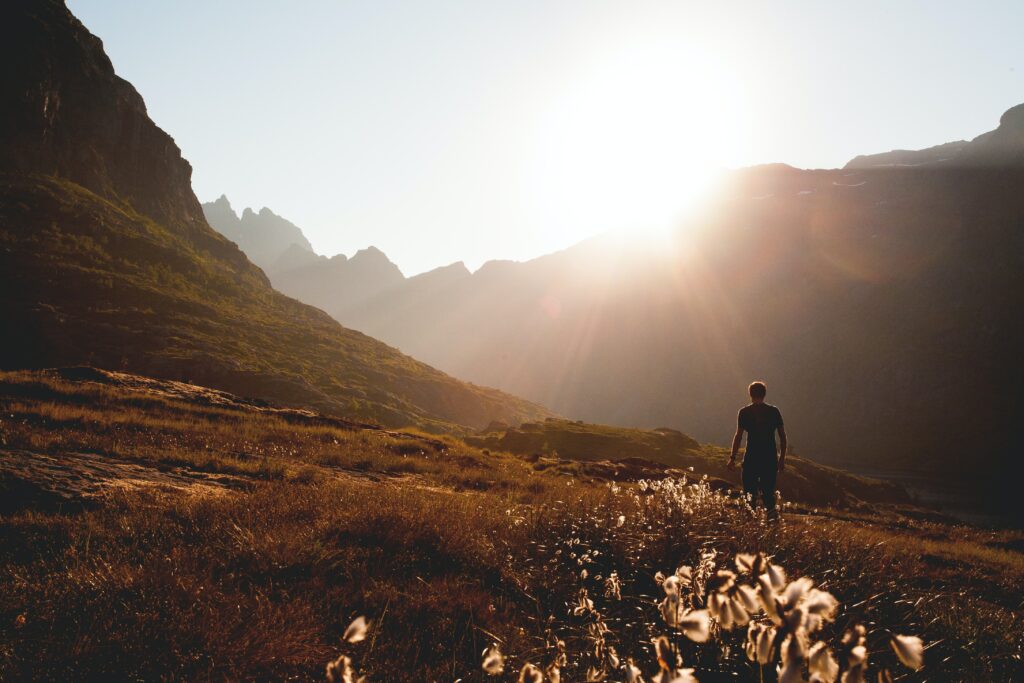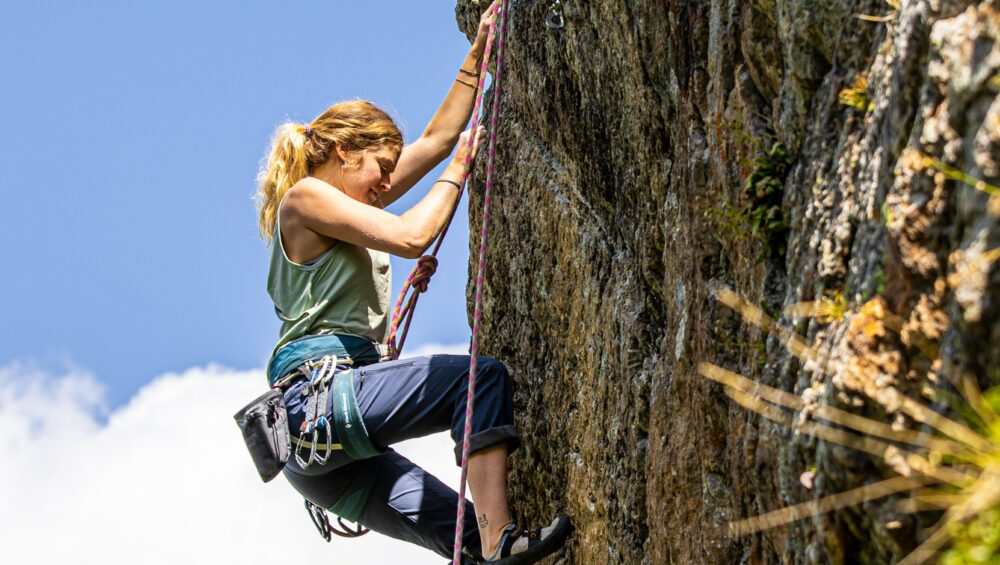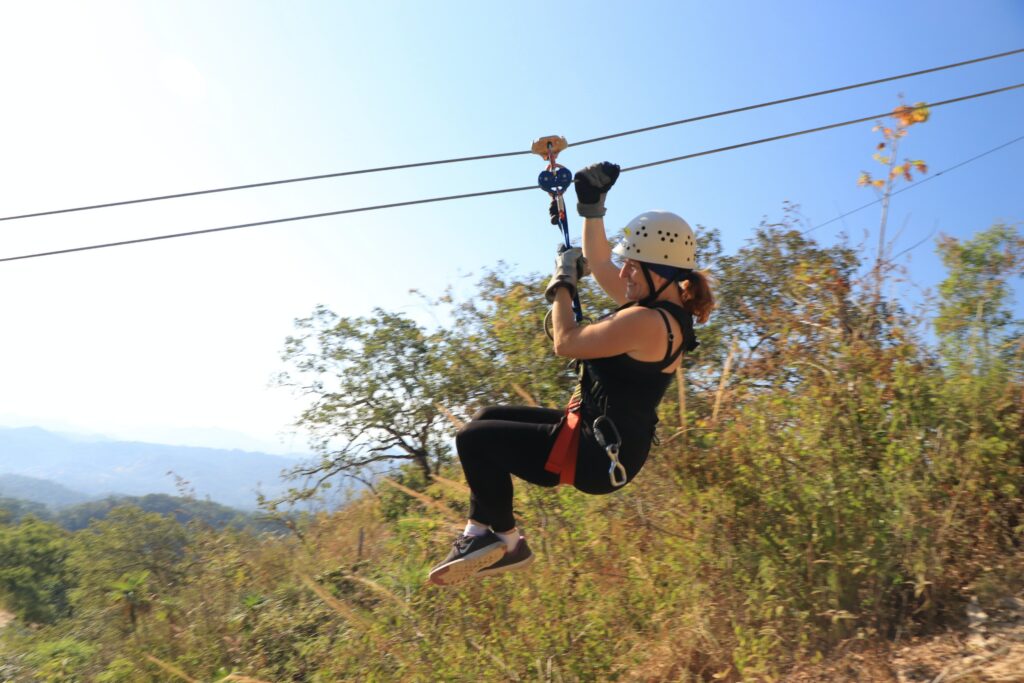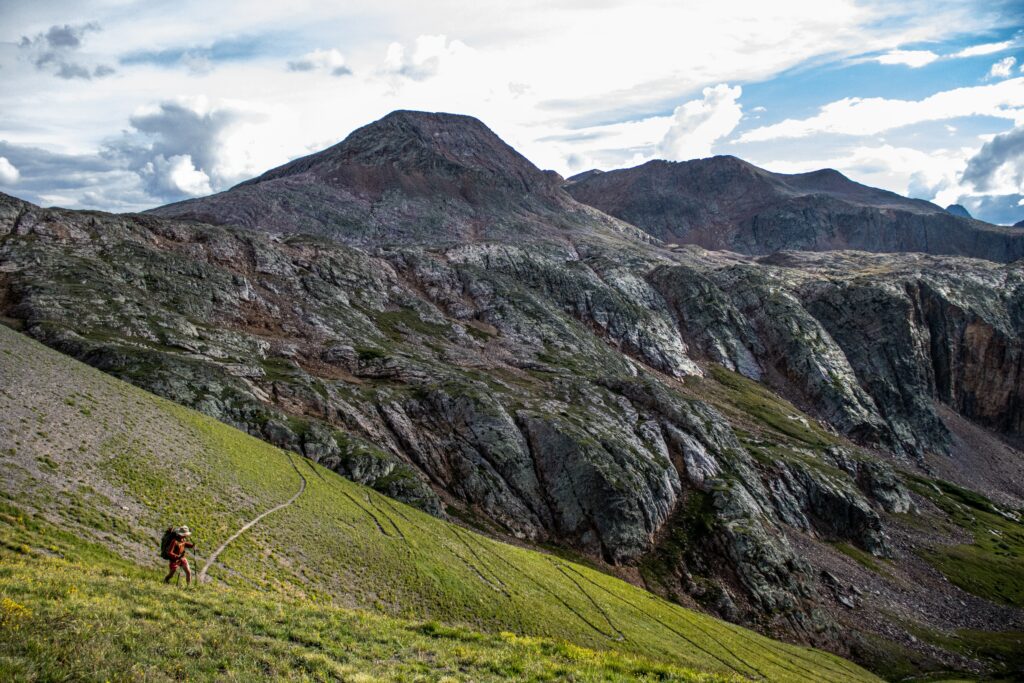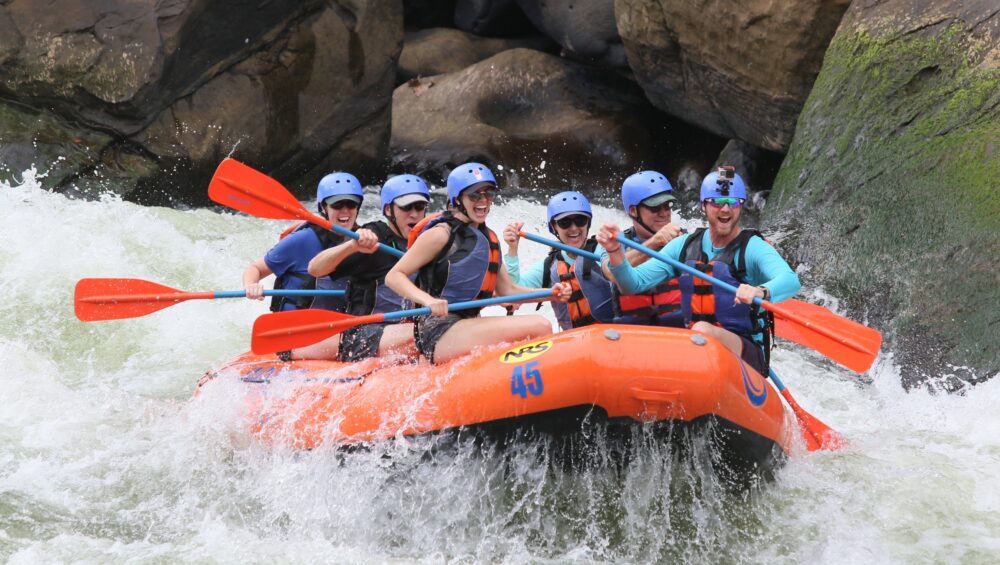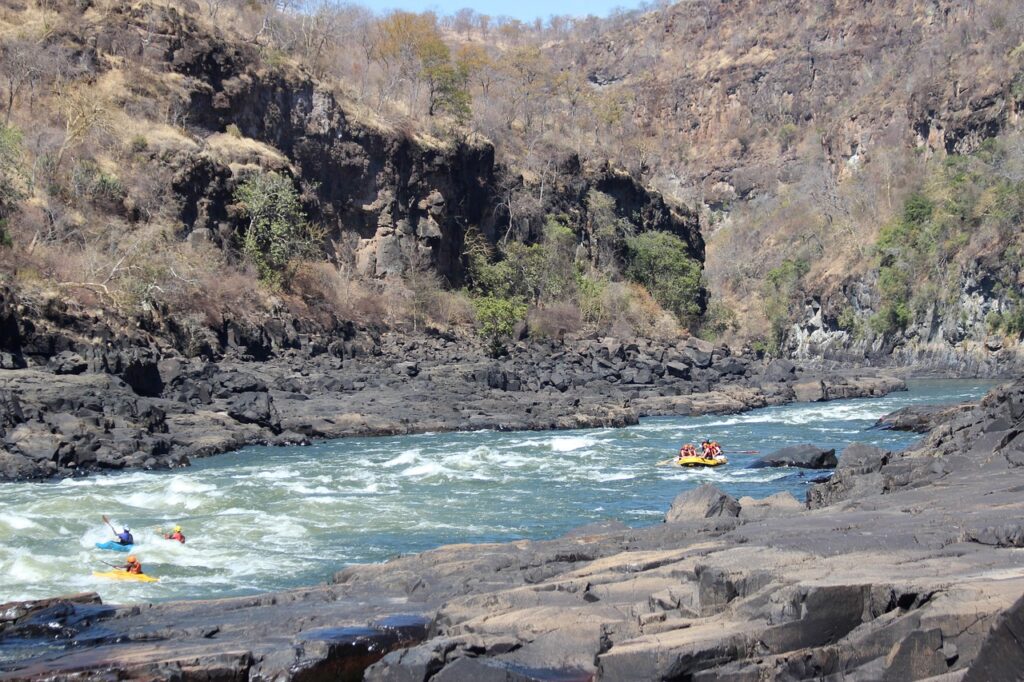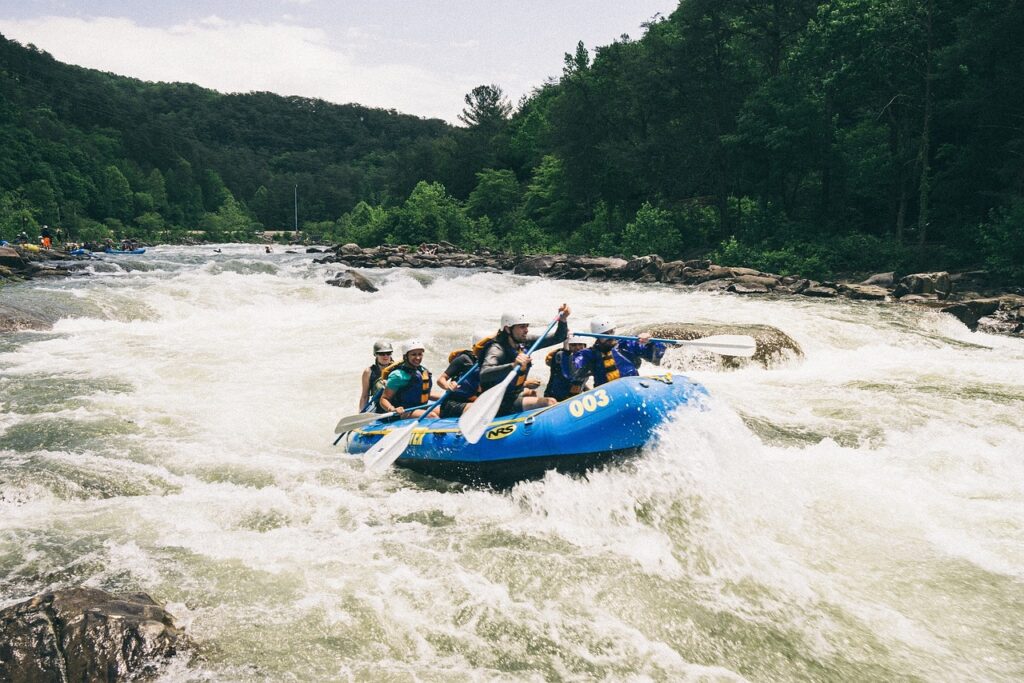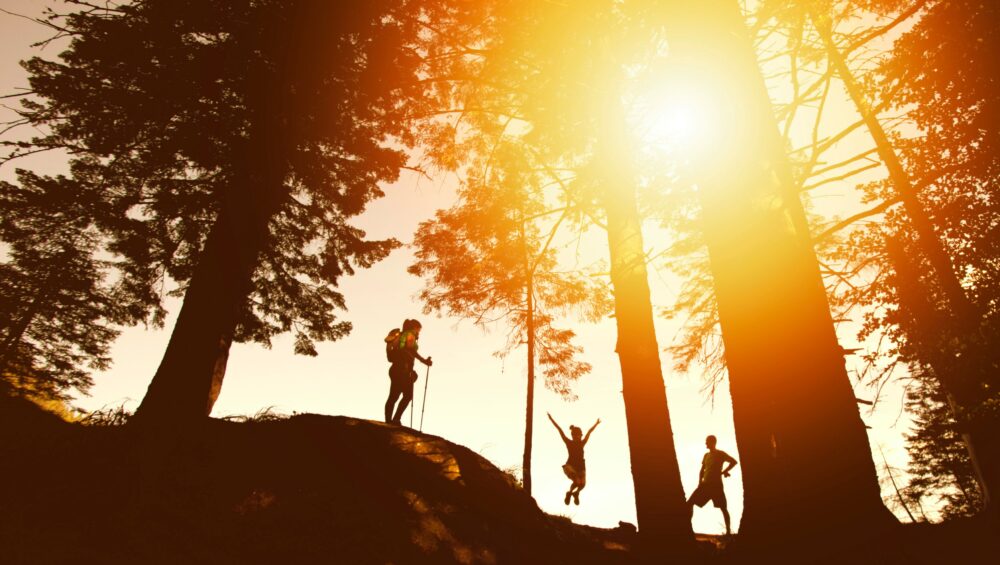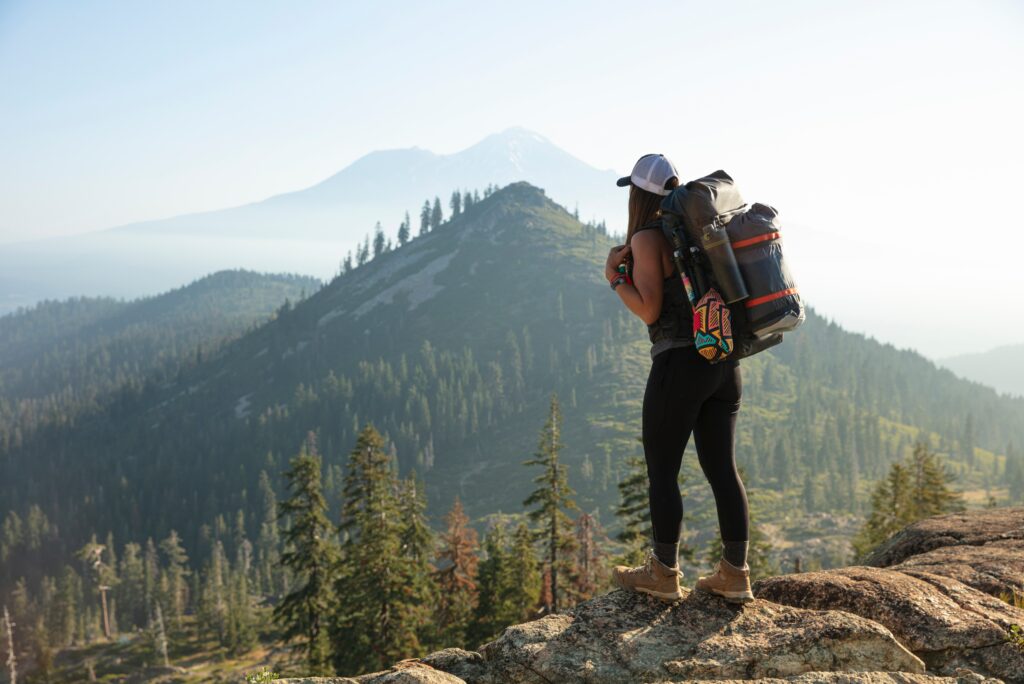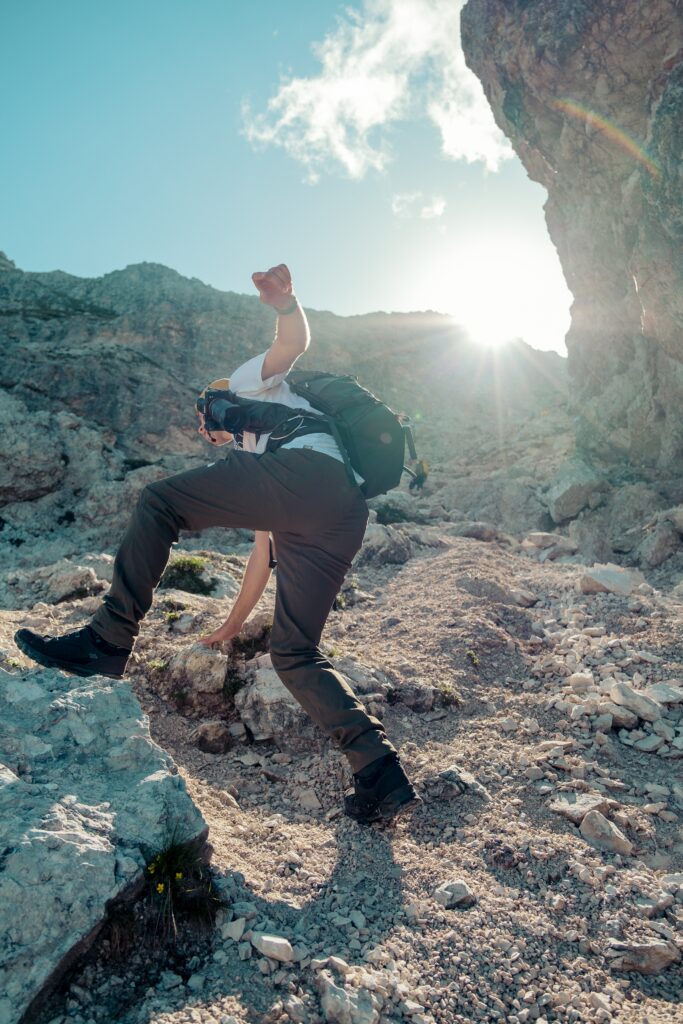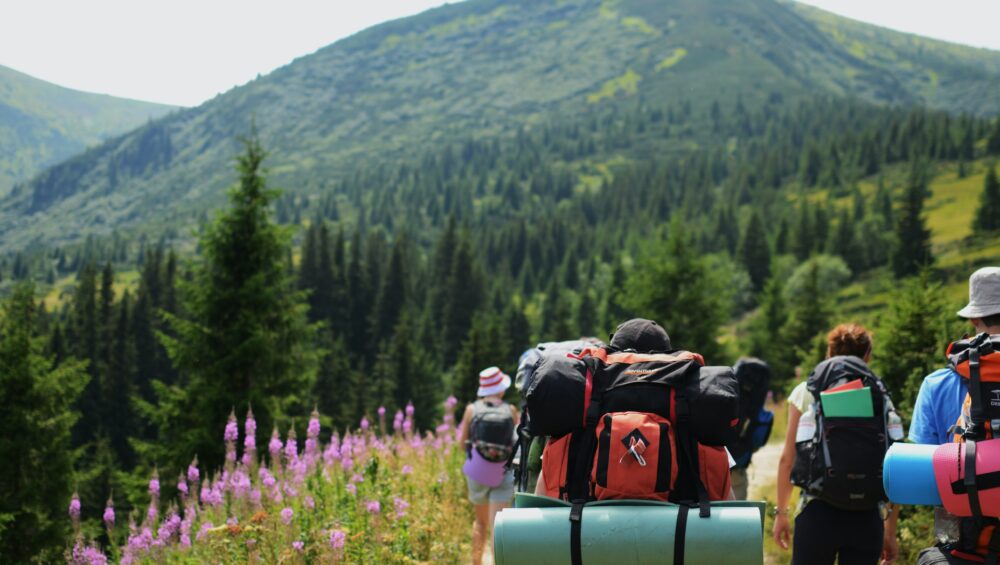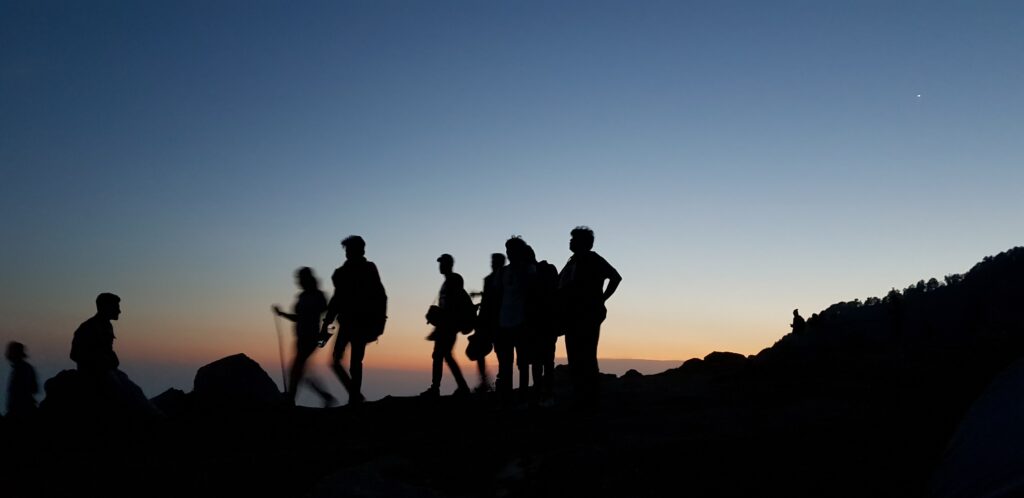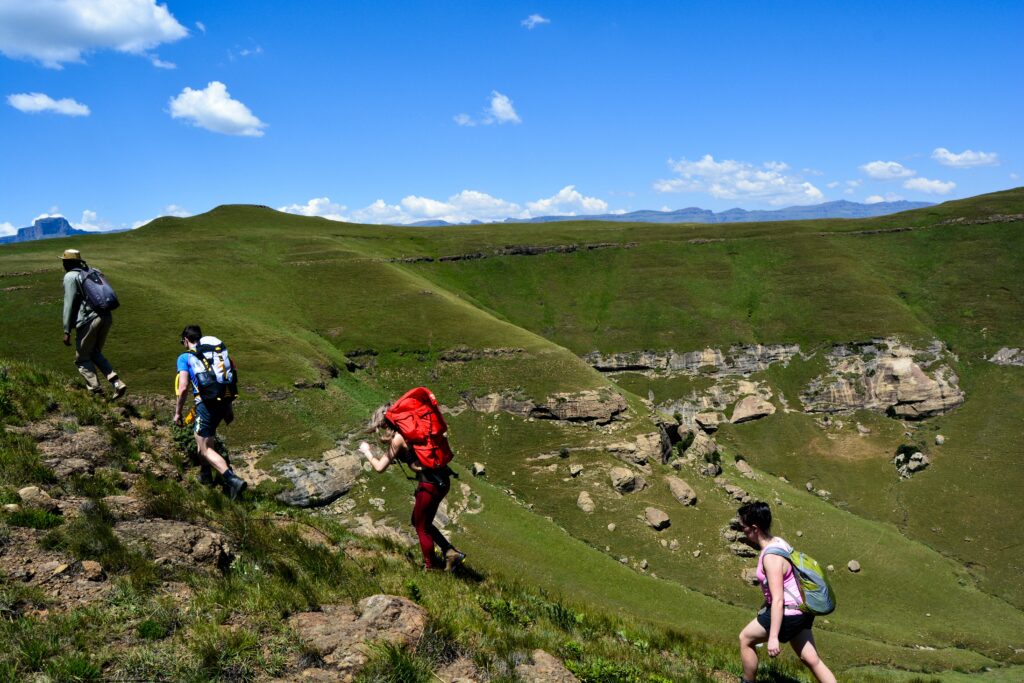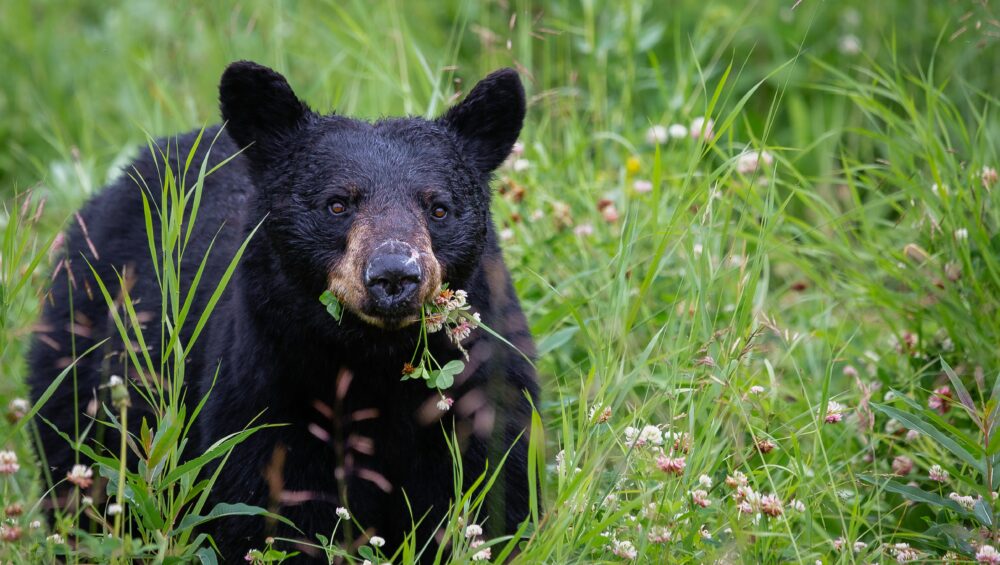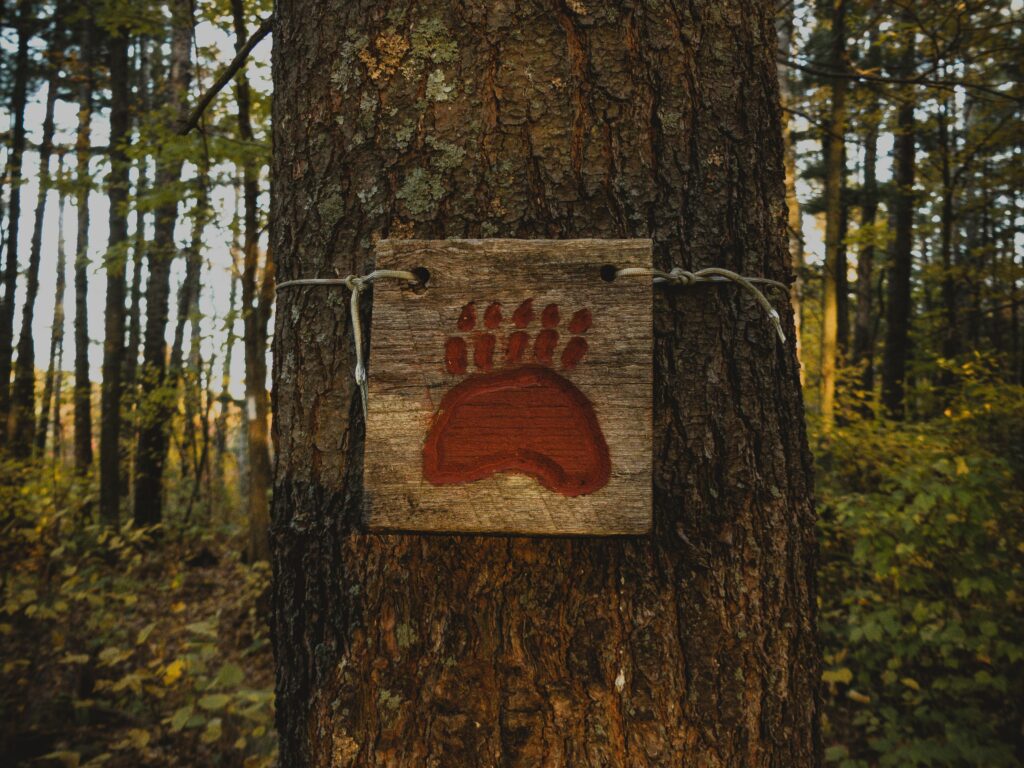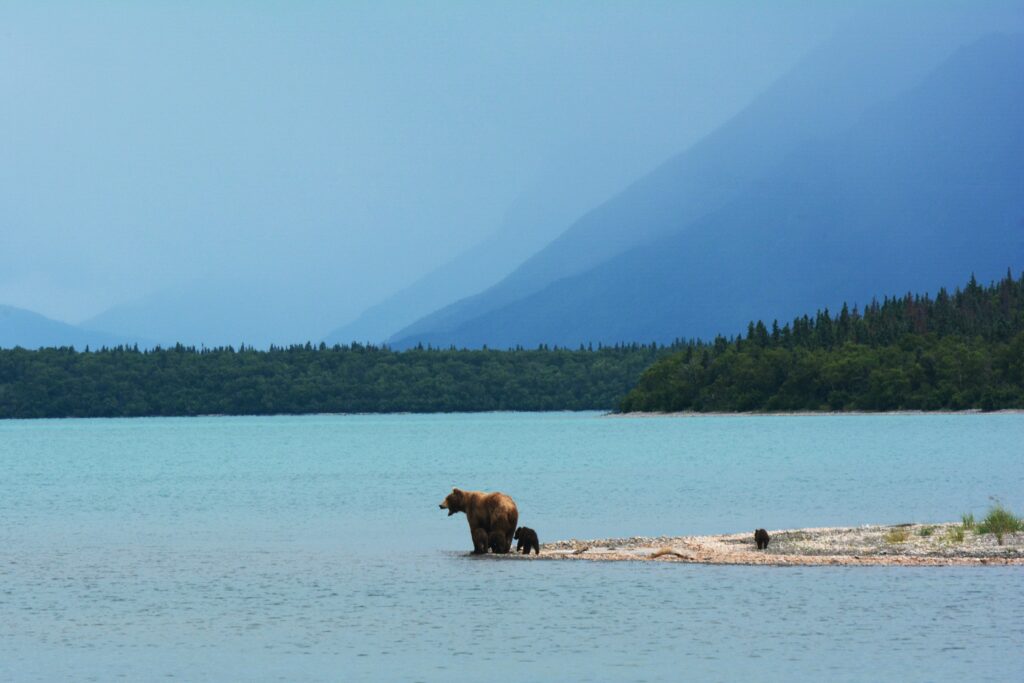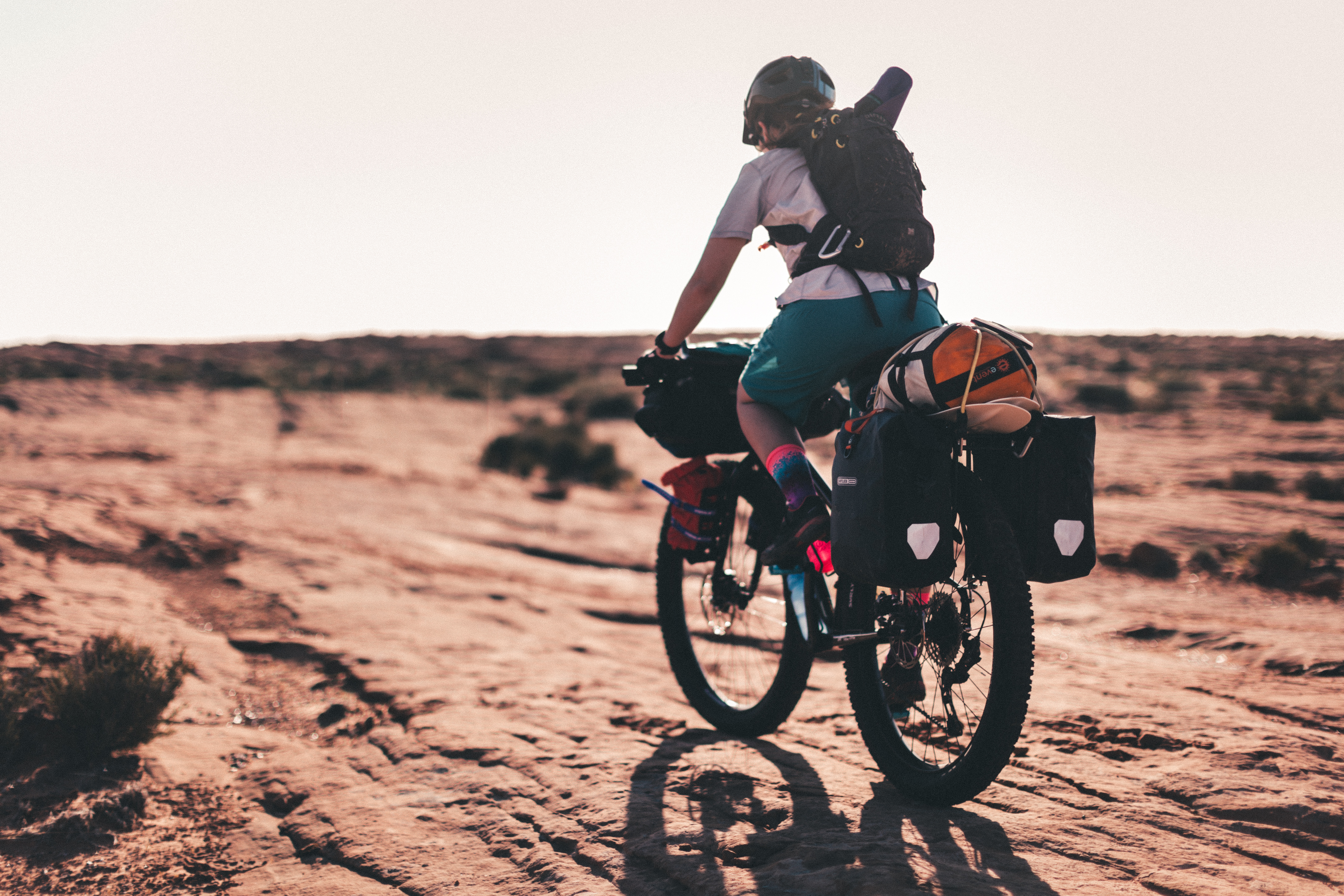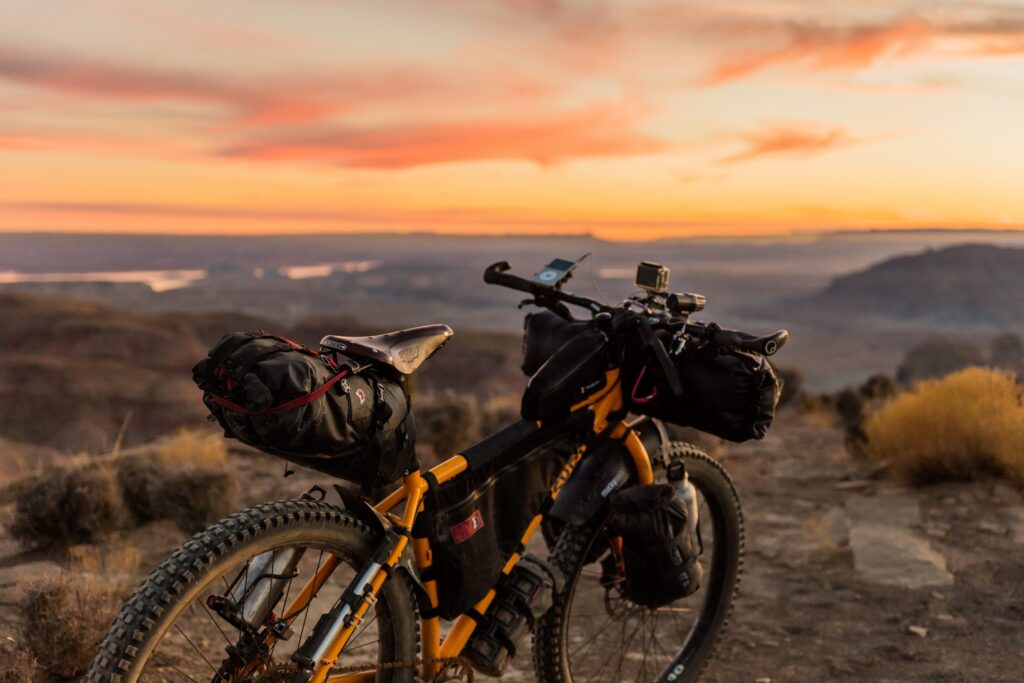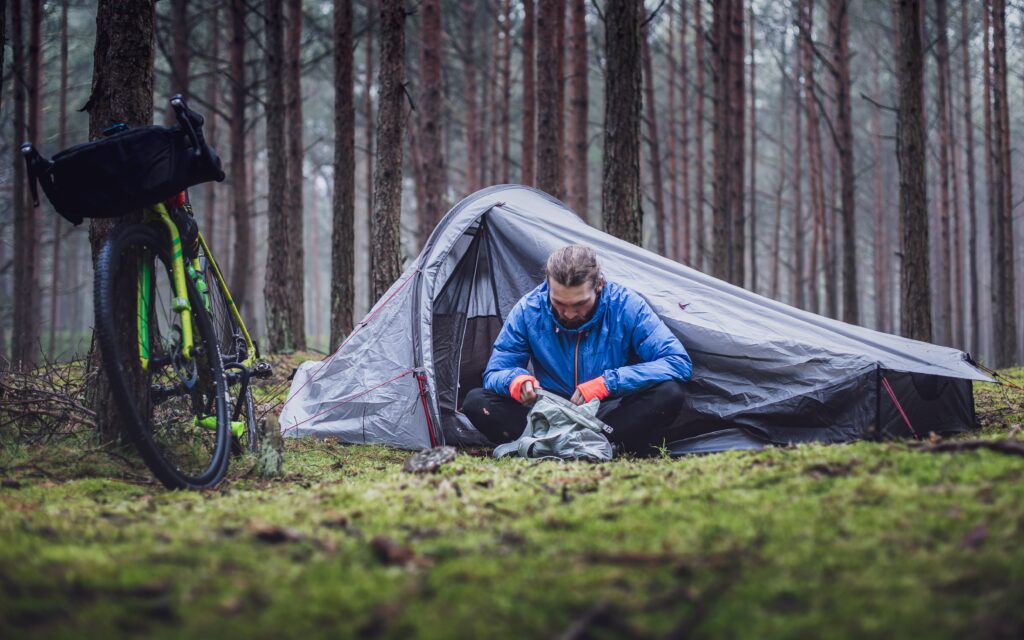If you are looking for an exciting way to up your cardio workouts, you should consider trail running. As opposed to jogging on a treadmill or running the same boring loop around town, trail running is a great mix of workout and outdoor exploration. We’ll cover what trail running is, what trail running gear you need, and how to start trail running.
What Is Trail Running?
It’s pretty self-explanatory: imagine going for a hike, but running instead of walking. You may be wondering how you can do this without injury. Trail running is much more dynamic than running on a flat surface. But with the right shoes and technique, you can open the doors to so many more interesting locations to exercise.
What Shoes are Best for Trail Running?
Is it better to wear hiking boots because you’re on a trail or sneakers because you’re going for a run? Neither. Actually, the best thing to do is invest in a pair of trail running shoes. Trail running shoes are the perfect compromise between hikers and sneakers. They provide more rigidity than typical running shoes and have thicker soles to protect your feet from any rocks or sticks you run over. Trail runners are also lighter and more breathable than your average hiking boots.
They will not be as rugged as many hiking boots, but there are plenty of waterproof trail running shoes on the market. Trail runners are a great way to keep the lightweight and flexible design of running shoes with a little more support and protection. If you are running on anything other than pavement, it’s a good idea to choose trail runners over normal tennis shoes. They’re great for muddy conditions as well as gravel or rocky paths.
What Gear to Pack
In addition to your basic exercise clothes (no cotton!) and a good pair of trail runners, what other gear should you bring to get started trail running? I always like to bring an extra pair of socks on all outdoor excursions. Driving home with wet feet is unpleasant, and if your trail runners are waterproof, they won’t be as breathable to help sweat dry. Keeping a towel and dry pairs of socks and shoes in the car is always a good idea.
Depending on the length of your run, you may not bring much. You will want water, and a hydration pack is a great way to carry a decent amount without really feeling the weight. If you go on a longer run, you may also consider a snack for energy like a granola or protein bar.
Pay attention to the weather before you leave for your trail run. It’s a good idea to bring a waterproof rain shell, and a compact one weighs hardly anything. On the opposite side of the weather spectrum, apply sunscreen before you start and maybe bring the bottle if it’s not sweatproof.
Finally, there are a few must-haves for every outdoor trip. You hope to not need them, but if you are trail running in unfamiliar terrain, it’s a good idea to be prepared. First, bring a light source. A headlamp is a compact, inexpensive way to ensure that you can hike home safely if you find yourself on the trail a little later than planned. Next, a first aid kit is always a good idea. If you want to make your own, my essential trail running first aid kit includes an ace bandage, blister treatment, bandaids, an ice pack, and ibuprofen.
The last necessary item for any outdoor adventure is a map. Always, always have some form of navigation. Print a trail map before you leave or, at the very least, if you only have your phone, take a picture of the map at the trailhead. There is a chance your phone will lose service, and a map can be a lifesaver.
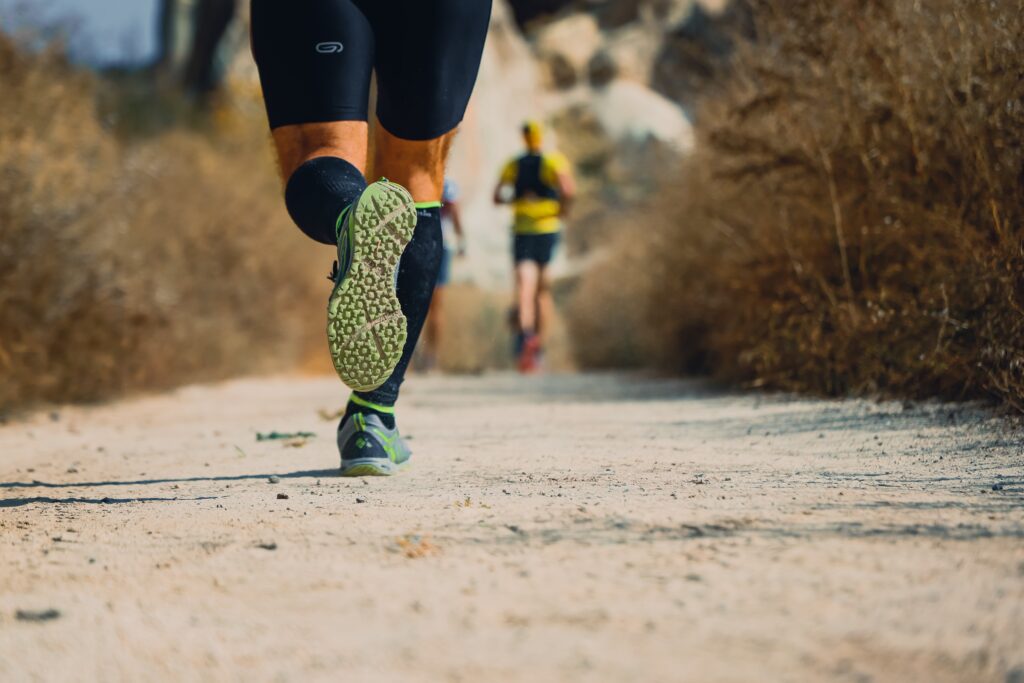
How to Train for Trail Running
In terms of cardio training, you can prepare for trail running the same as training for any other distance running. Just don’t beat yourself up when you can put in more miles on the sidewalk than on a trail. Running on more difficult terrain is more of a workout for your core, your brain, and your lungs. Work on longer hikes and longer sidewalk (or treadmill) runs, and then build miles on the trails as you get used to the feeling.
Three Helpful Trail Running Technique
The biggest thing to keep in mind for trail running is shorter strides. Unlike running on a sidewalk or treadmill, you want to keep your feet closer to your body. This helps with balance on uneven surfaces and helps prevent injury from overextension.
Similar to running on a city sidewalk, you need to look out for obstacles. Keep your eyes peeled and scan two to three body lengths in front of you. This way, you can gauge the terrain, find the best spots for your feet, and avoid tough spots. Don’t just look at the ground, though! You also want to look at eye level so you don’t get a branch in the face. Unlike zoning out on a treadmill, trail running is very engaging for the senses. While it may seem like a lot to manage at once, it also allows you to appreciate nature and your surroundings more.
The third tip for trail-running newbies is how to run on hills. When running uphill, don’t lean forward too much. It is tempting, especially when you’re tired, but staying upright keeps your lungs open so you can get in more air. When running downhill, be careful not to lean back. While it feels safer for your balance, it also increases the risk of injury, especially in the knees. There is no shame in slowing down or walking on tricky terrain.
How to Choose Your First Trail
If you are looking for a good place to get started on your trail running journey, here are a couple of things to keep in mind. It is a good idea to begin your journey on easier trails, nothing too dangerous or steep. You also don’t want to pick a trail that is too crowded, as it will only increase the number of obstacles on your route.
As noted above, give yourself more time for the same mileage as you would run on a flat road, and start with small elevation gains before going for big routes. It’s always better to have a little gas left in the tank than to be miles from your car and completely exhausted.
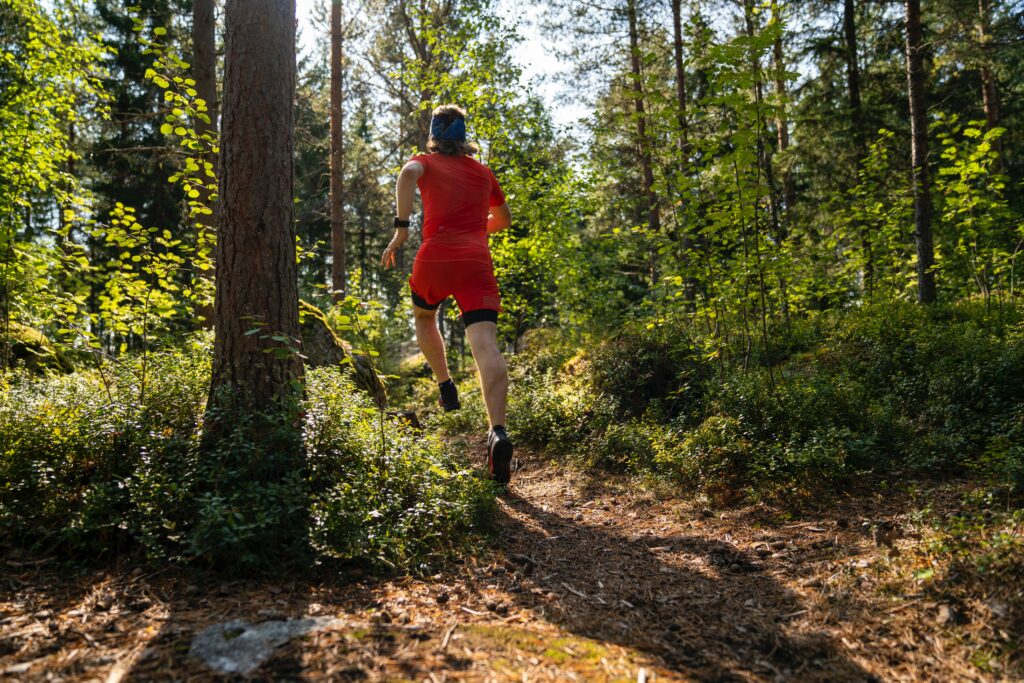
Where to Trail Run near Colorado Springs
You can find great running trails at your local city and state parks. Consider picking up a guidebook or signing up with a local running club to get started. Colorado Springs is chock-full of beautiful areas with well-maintained trails. Once you have the basics of the sport of trail running down, you can identify if your favorite hiking trail is a good candidate to become your favorite trail running trail. This sport is gaining in popularity, and it’s no wonder why. Explore this new way to interact with nature, and you’ll surely fall in love with it, too.

